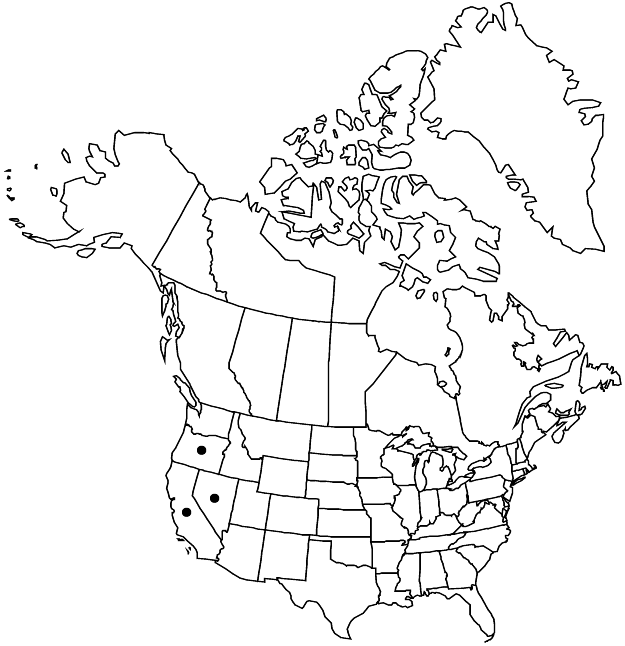familyPolygonaceae
subfamilyPolygonaceae subfam. Eriogonoideae
genusEriogonum
subgenusEriogonum subg. Eucycla
speciesEriogonum prociduum
Difference between revisions of "Eriogonum prociduum var. prociduum"
Common names: Prostrate wild buckwheat
Treatment appears in FNA Volume 5. Treatment on page 276.
FNA>Volume Importer |
imported>Volume Importer |
||
| (4 intermediate revisions by one other user not shown) | |||
| Line 1: | Line 1: | ||
{{Treatment/ID | {{Treatment/ID | ||
|accepted_name=Eriogonum prociduum var. prociduum | |accepted_name=Eriogonum prociduum var. prociduum | ||
| − | |accepted_authority= | + | |accepted_authority= |
|publications= | |publications= | ||
|common_names=Prostrate wild buckwheat | |common_names=Prostrate wild buckwheat | ||
| Line 29: | Line 29: | ||
-->{{#Taxon: | -->{{#Taxon: | ||
name=Eriogonum prociduum var. prociduum | name=Eriogonum prociduum var. prociduum | ||
| − | + | |authority= | |
| − | |authority= | ||
|rank=variety | |rank=variety | ||
|parent rank=species | |parent rank=species | ||
| Line 44: | Line 43: | ||
|publication year= | |publication year= | ||
|special status= | |special status= | ||
| − | |source xml=https:// | + | |source xml=https://bitbucket.org/aafc-mbb/fna-data-curation/src/2e0870ddd59836b60bcf96646a41e87ea5a5943a/coarse_grained_fna_xml/V5/V5_530.xml |
|subfamily=Polygonaceae subfam. Eriogonoideae | |subfamily=Polygonaceae subfam. Eriogonoideae | ||
|genus=Eriogonum | |genus=Eriogonum | ||
Latest revision as of 22:11, 5 November 2020
Leaves: petiole 0.2–0.5 cm; blade 0.3–1(–1.4) × 0.15–0.4(–0.6) cm, tomentose on both surfaces. Scapes 0.2–0.6(–0.8) dm. Invo-lucres 2–3 mm. Flowers 2–3 mm. Achenes 2–3 mm. 2n = 40.
Phenology: Flowering May–Jul.
Habitat: Volcanic slopes, mixed grassland and sagebrush communities, pinyon-juniper woodlands
Elevation: 1400-2700
Distribution

Calif., Nev., Oreg.
Discussion
Variety prociduum is an attractive, matted perennial that is cultivated in rock gardens. In the wild, it is known from northern Lassen and Modoc counties in California, northern Washoe County, Nevada, and south-central Lake County, Oregon. Also, a series of small, disjunct populations occurs in southern Baker County, Oregon. The name E. chrysops was misapplied to these plants by J. L. Reveal (1968b). The taxon is of “special concern” to the Bureau of Land Management in California, and is considered “sensitive” in Nevada.
Selected References
None.
Lower Taxa
None.